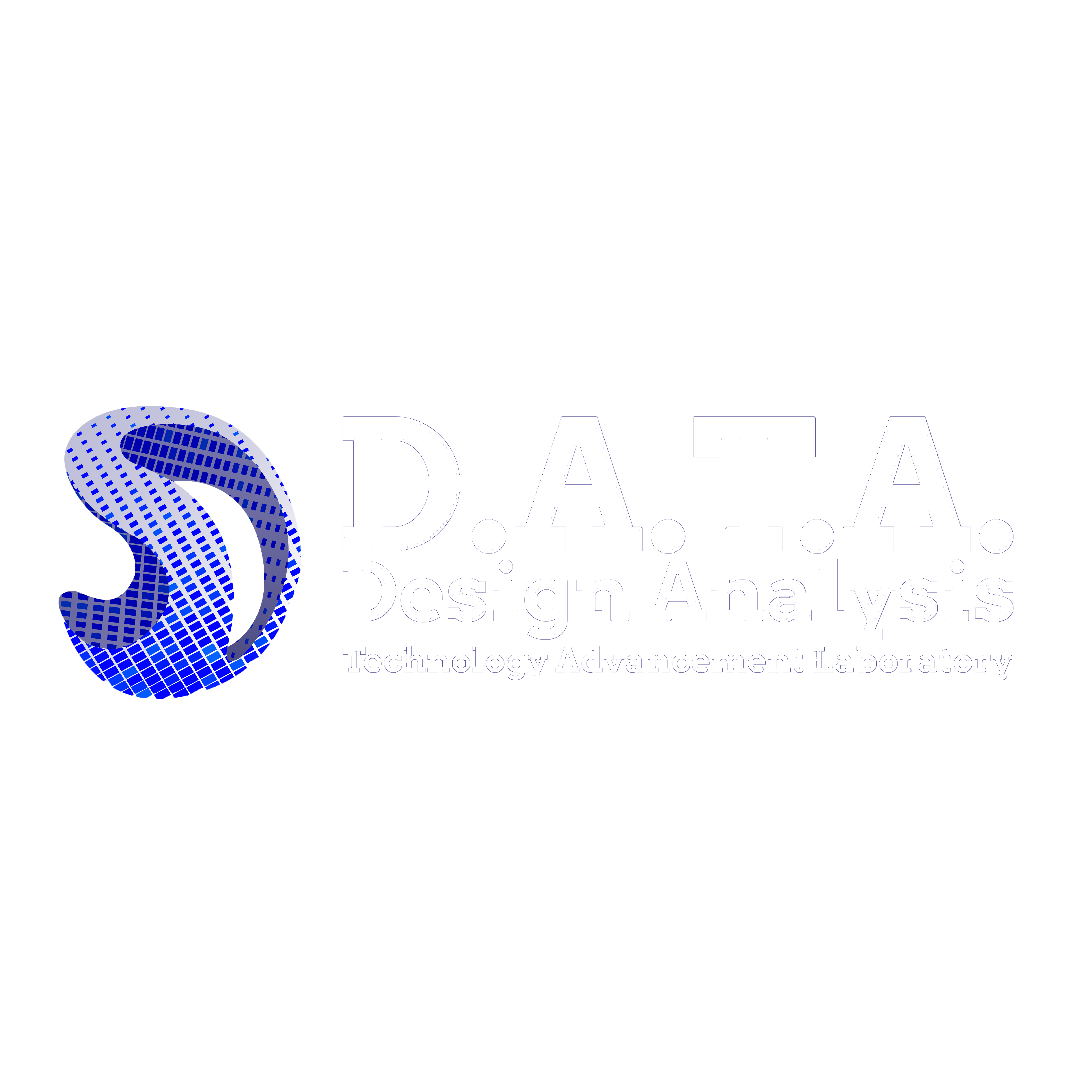Our Research
Using large scale, disparate data to advance human-machine learning
Our research focuses on the design and optimization of systems
through the acquisition, integration and mining of large scale,
disparate data. In the 21st century, the internet of things (IoT)
paradigm will usher in systems that must interact with other
systems in a seamless and dynamic manner, in order to achieve
their operational objectives. Towards this end, our research is
multidisciplinary in nature and lies at the intersection of
mechanical systems design, computer vision, text mining/natural
language processing and machine learning. Three characteristics of
engineered systems that are of interest are:
i) the ability to sense an environment
ii) the ability to decipher information from misinformation
iii) the ability to learn and predict future states that aid
decision makers.
Knowledge gained from advancing these research areas have broad
impacts in the fields of engineering design, healthcare, energy
and national security. Active research areas are summarized below.

Engineering Design
This research thrust explores how large scale, publicly-available data, can be acquired, synthesized, and mined to enhance the efficiency of engineering design and decision making. By developing machine learning models that mine disparate data types (e.g., textual, image, etc.), researchers aim to reduce the barriers to idea generation and validation. This research has broad applicability across several domains including conceptual design (e.g., AI generated design concepts), national security (e.g., AI model for deciphering information from misinformation), and education (e.g., advancing personalized learning through adaptive AI).

Health Care
This research thrust explores how digital health data is collected and mined, in order to facilitate the early detection, as well as long-term management of patients’ health-related abnormalities. By developing machine learning methods to capture patient data, researchers aim to remotely (e.g., a patient’s home) model and predict the emergence (or lack therefore) of deviations from a patient's wellness state and provide intervention solutions designed to attenuate patient health issues. Several examples include remote photoplethysmography, non-contact gait analysis, and affective state recognition using facial keypoint data.

